3D Wooden Puzzle Montessori Educational Toy
3D Wooden Puzzle Montessori Educational Toy
🌱 Safe wooden material
🎁 Perfect gift for kids
📚 Boost focus & logic
🚗 Travel-friendly toy
✅ 30-Day Return Guarantee
🔒 Secure Payment via PayPal
Couldn't load pickup availability
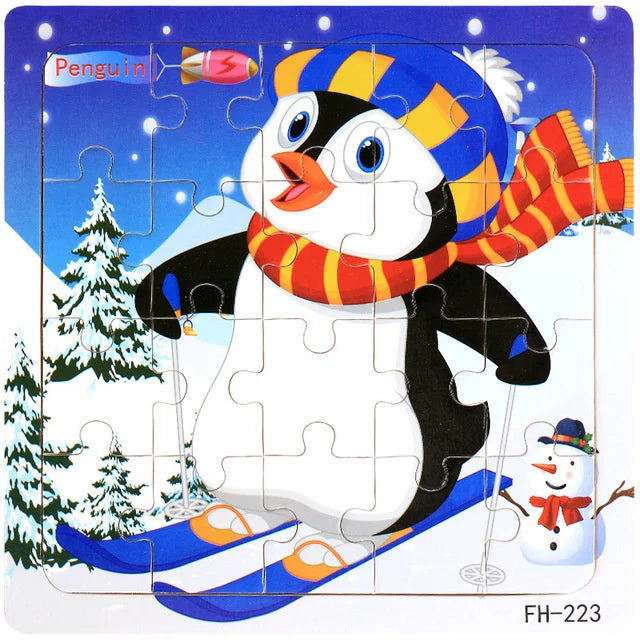
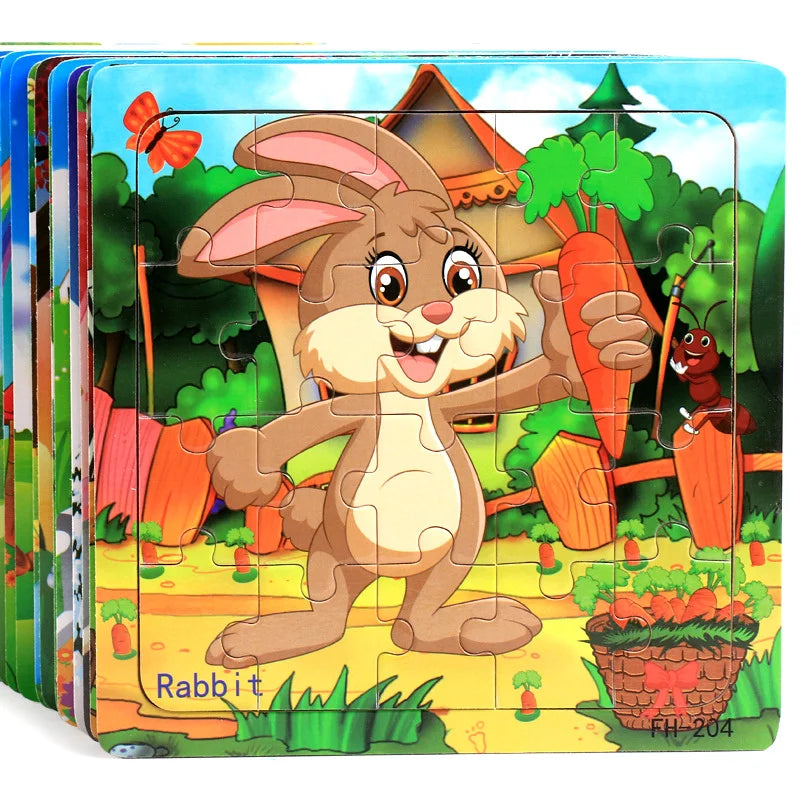
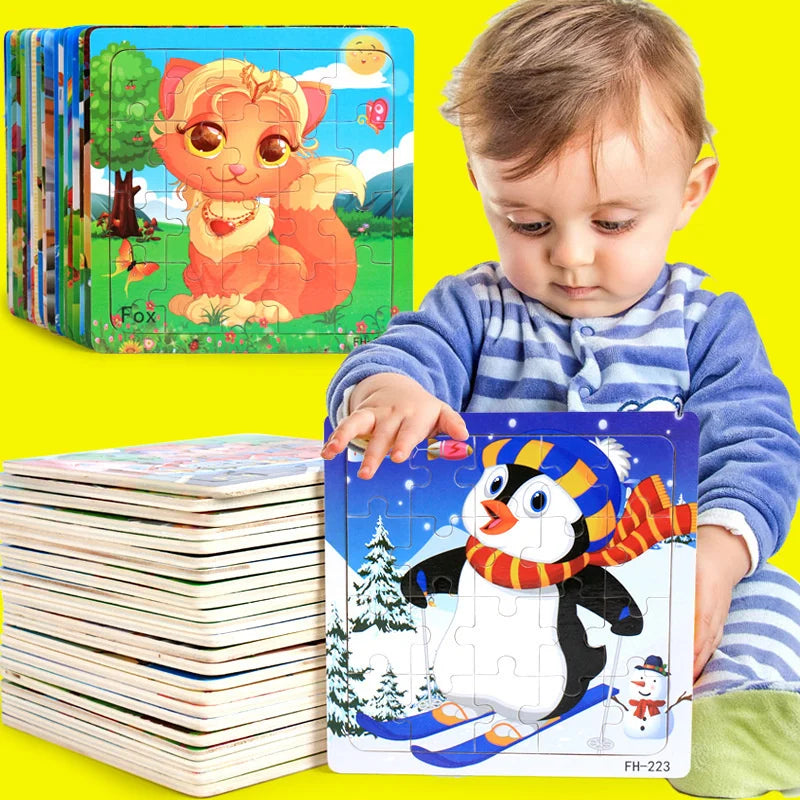
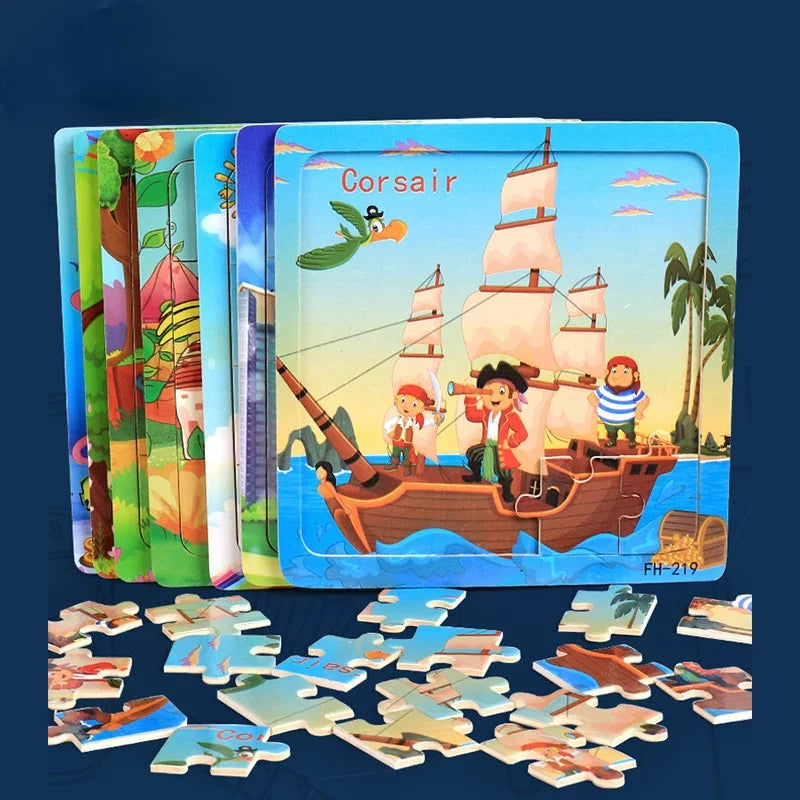
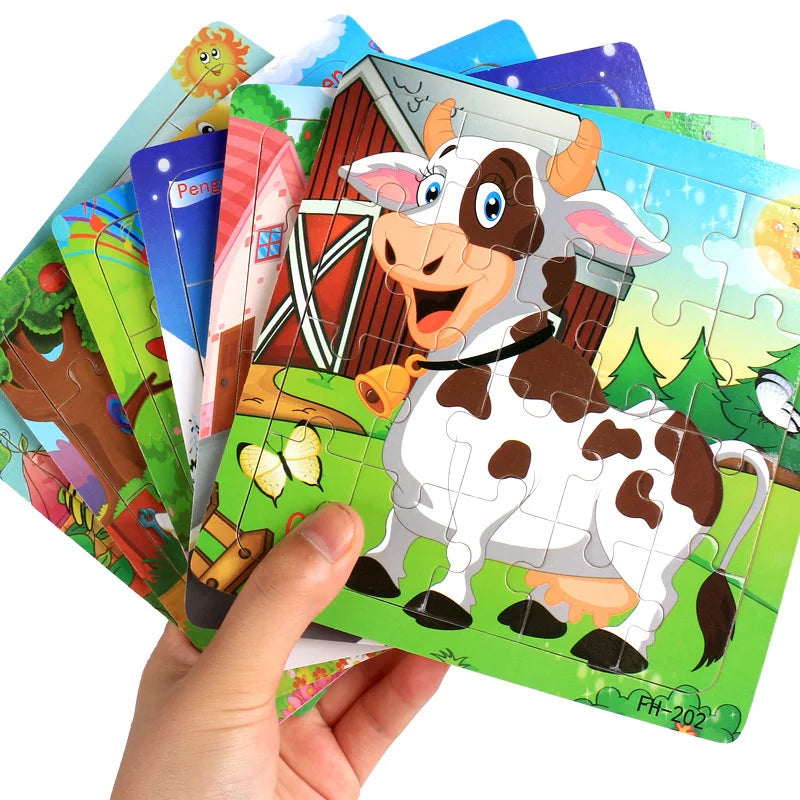
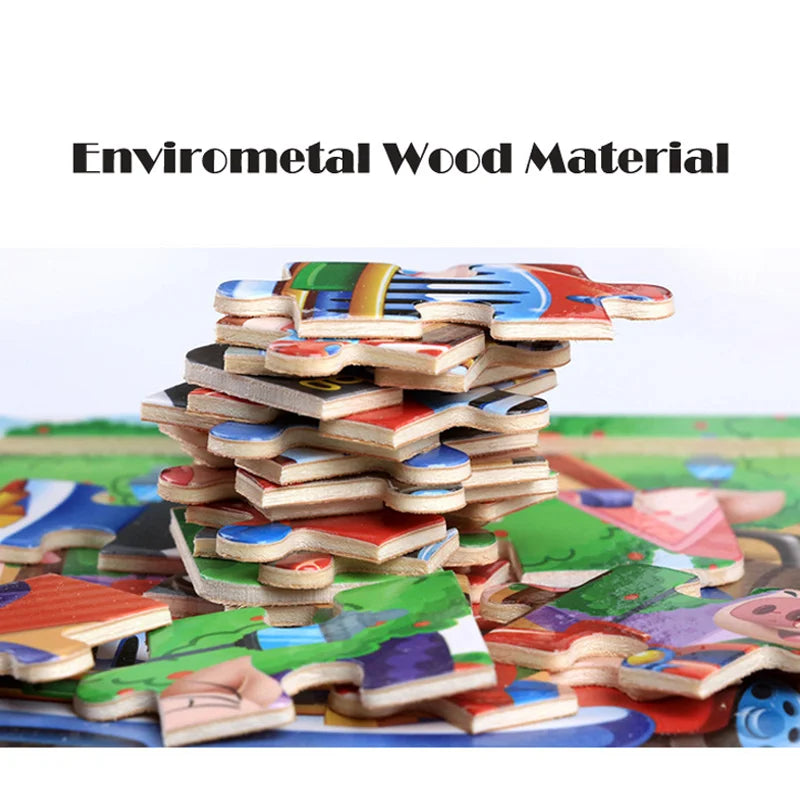
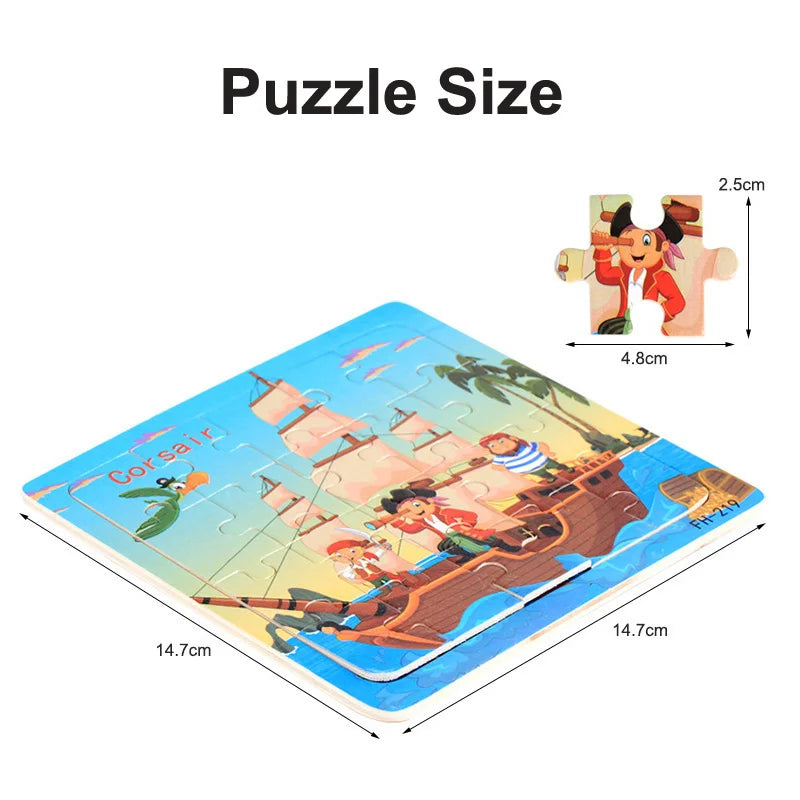
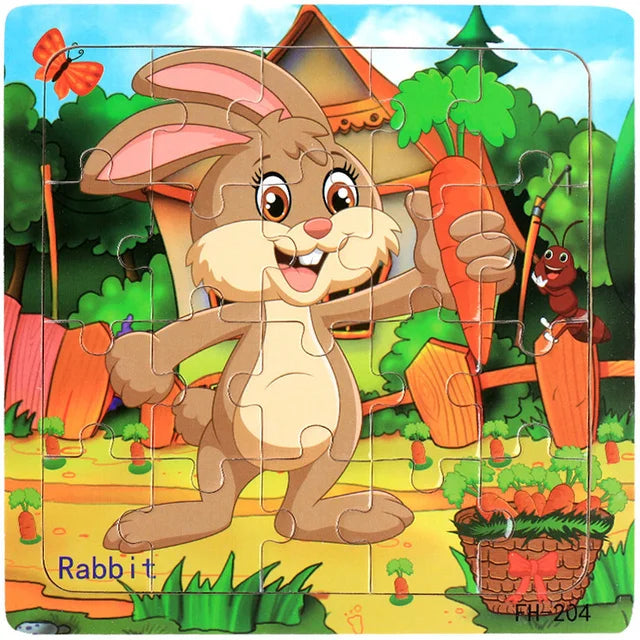
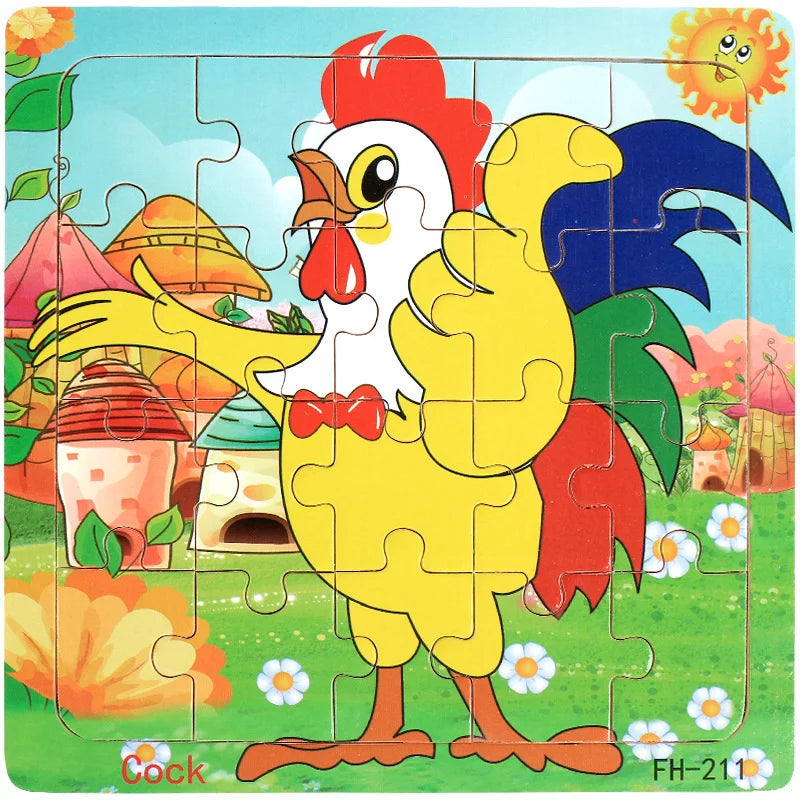
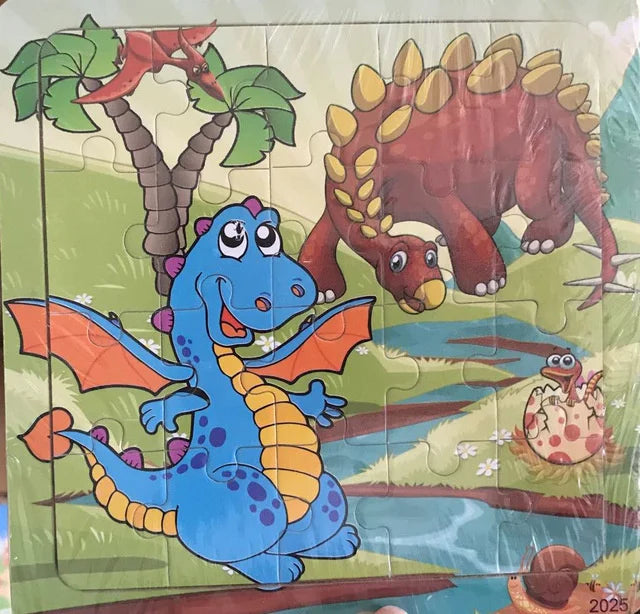

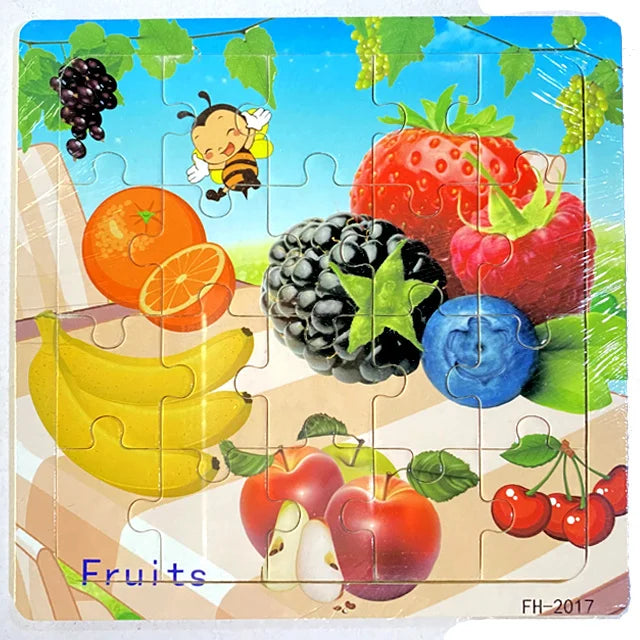
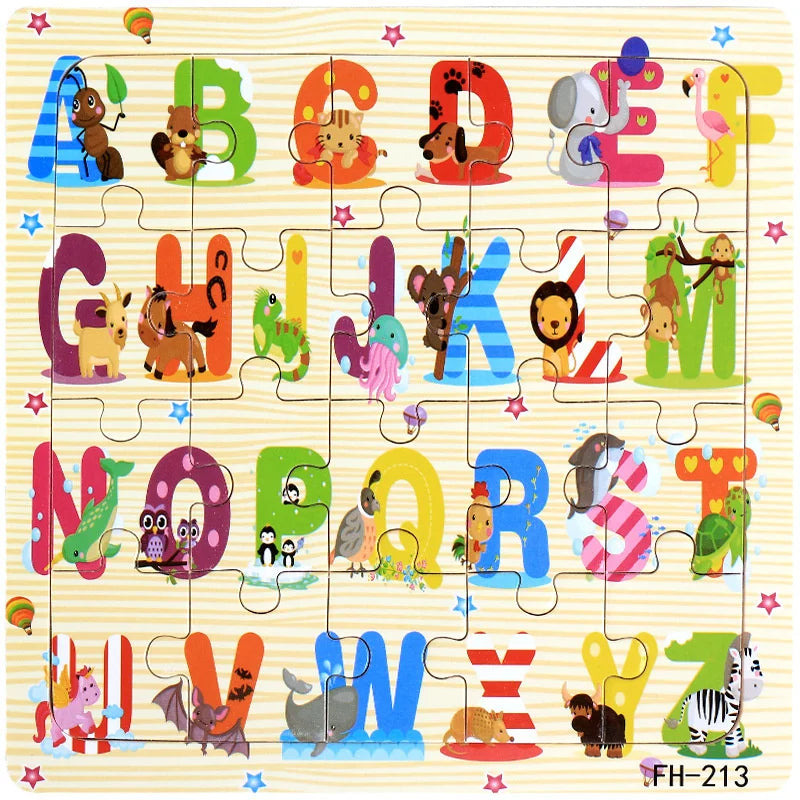
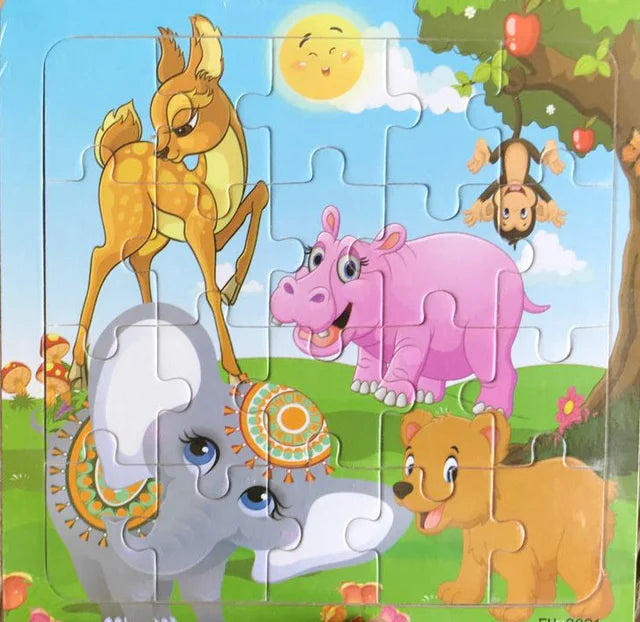
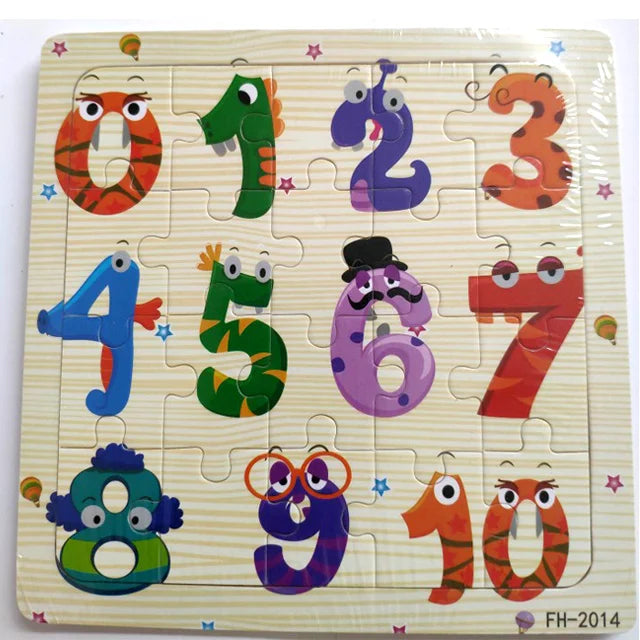
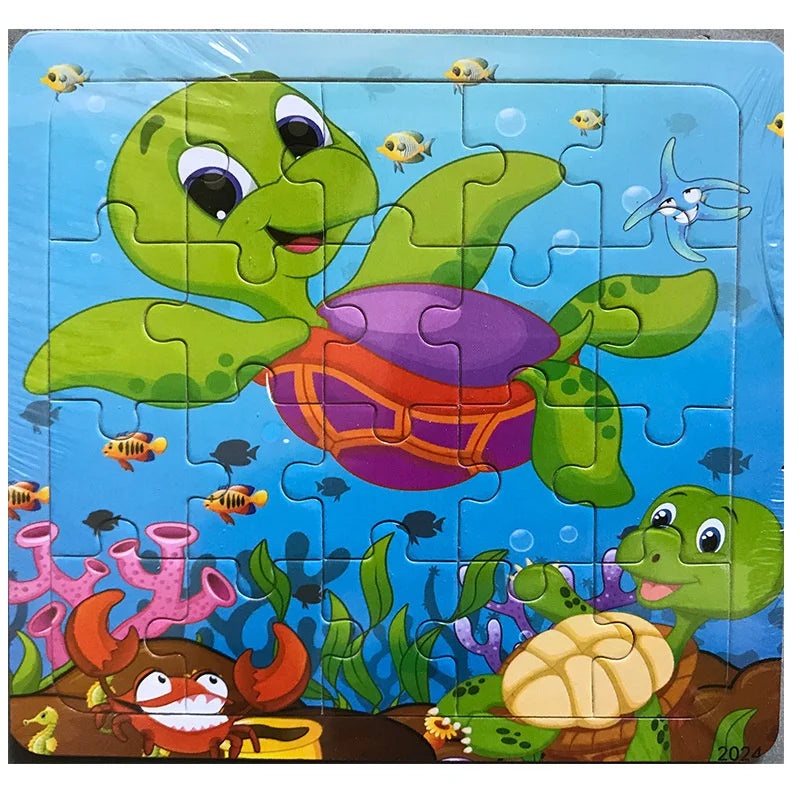
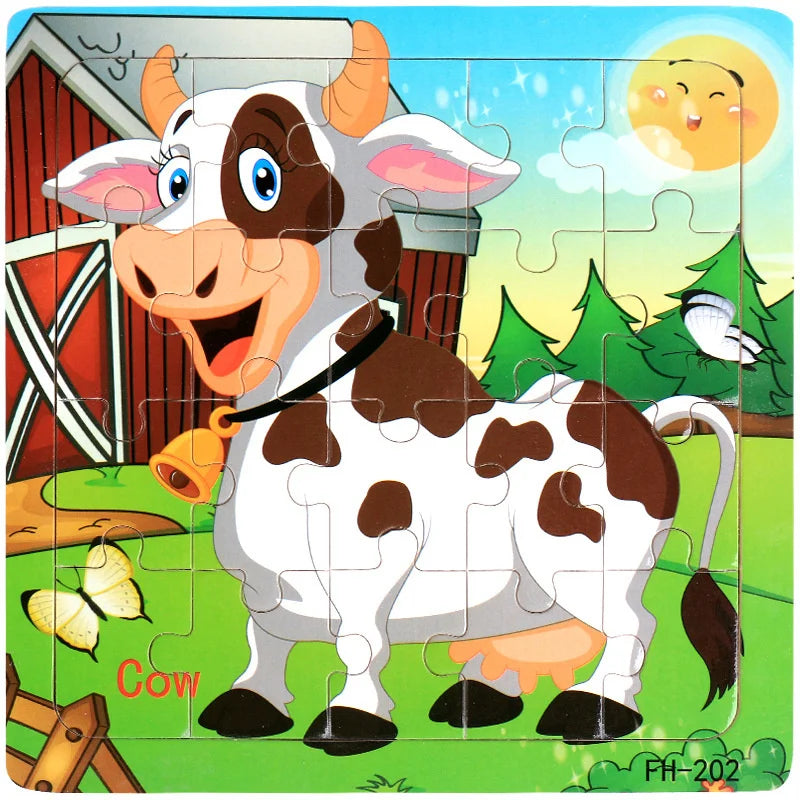
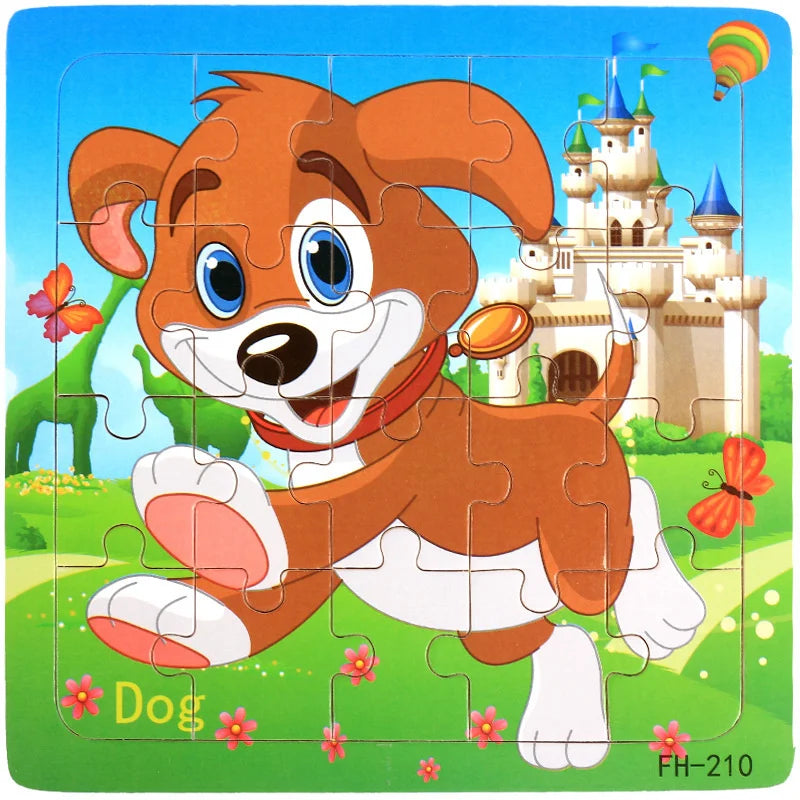
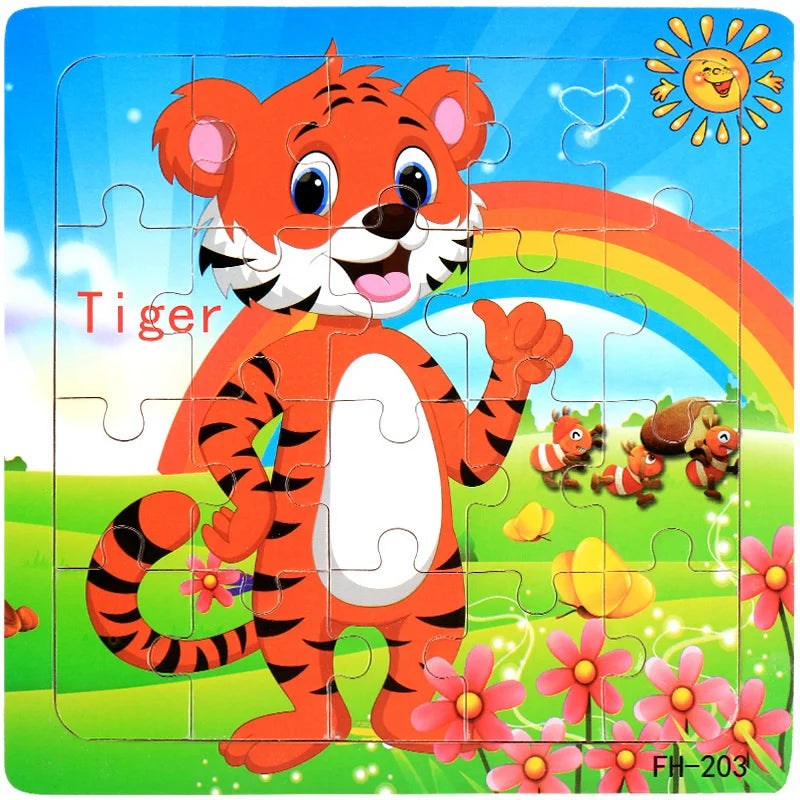
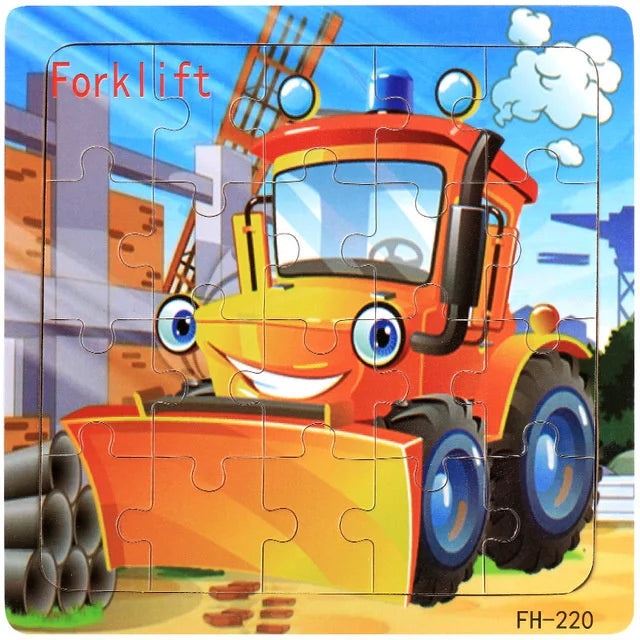
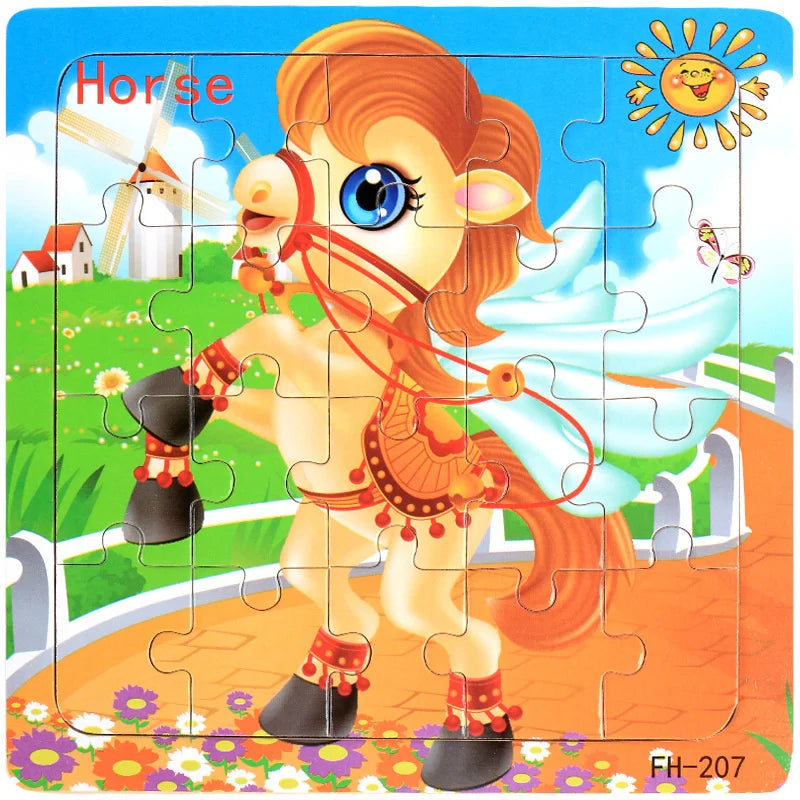
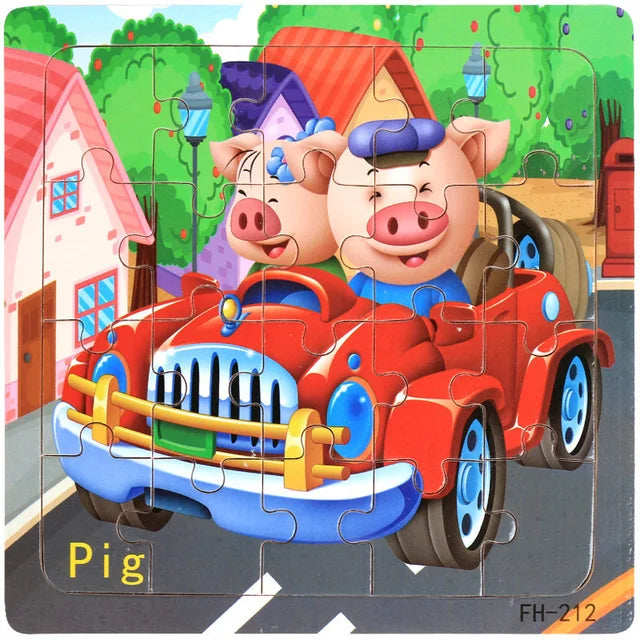
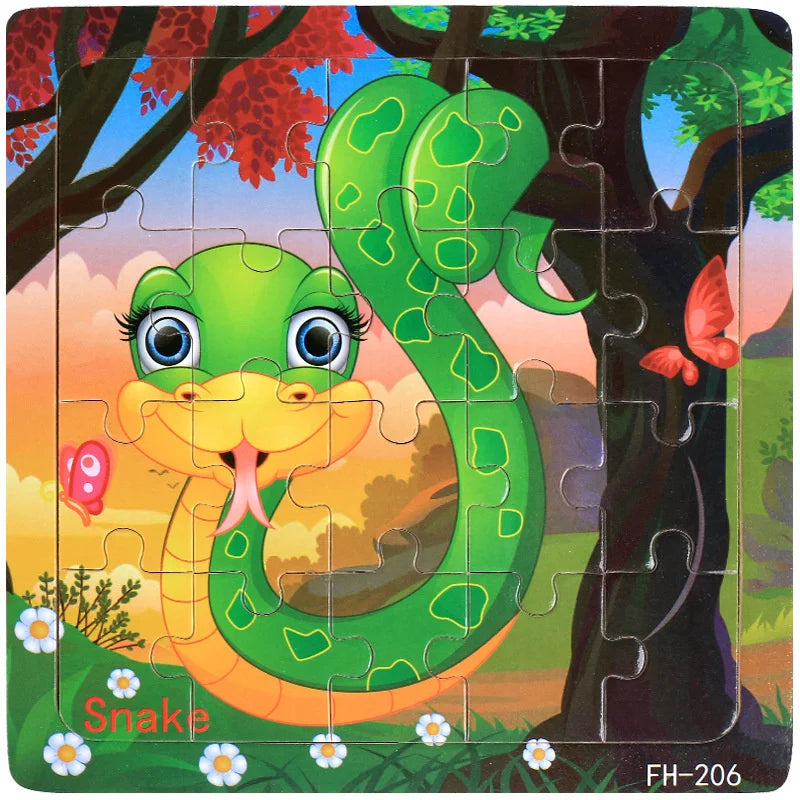
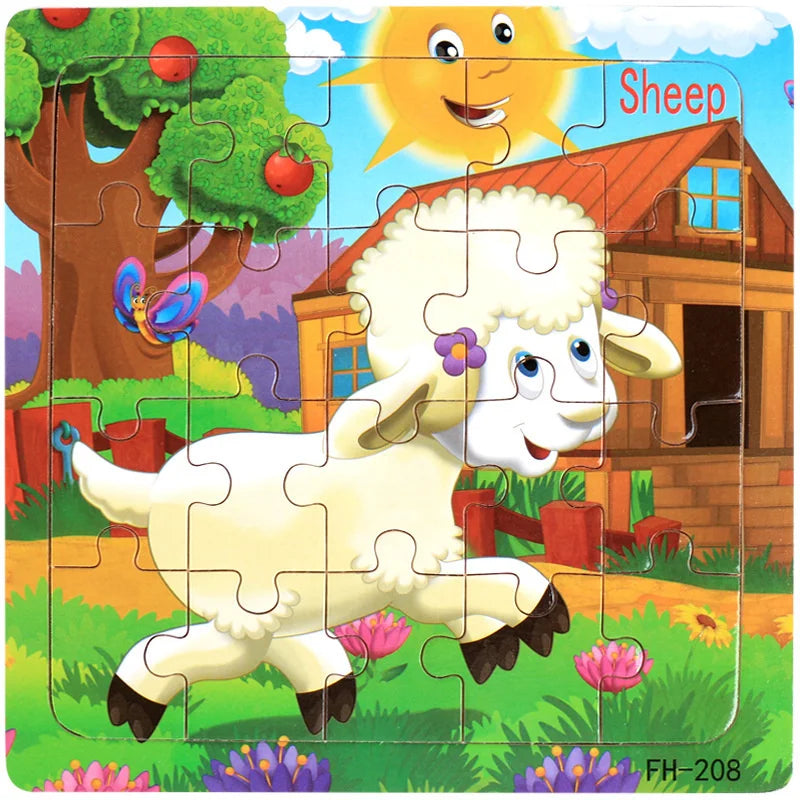
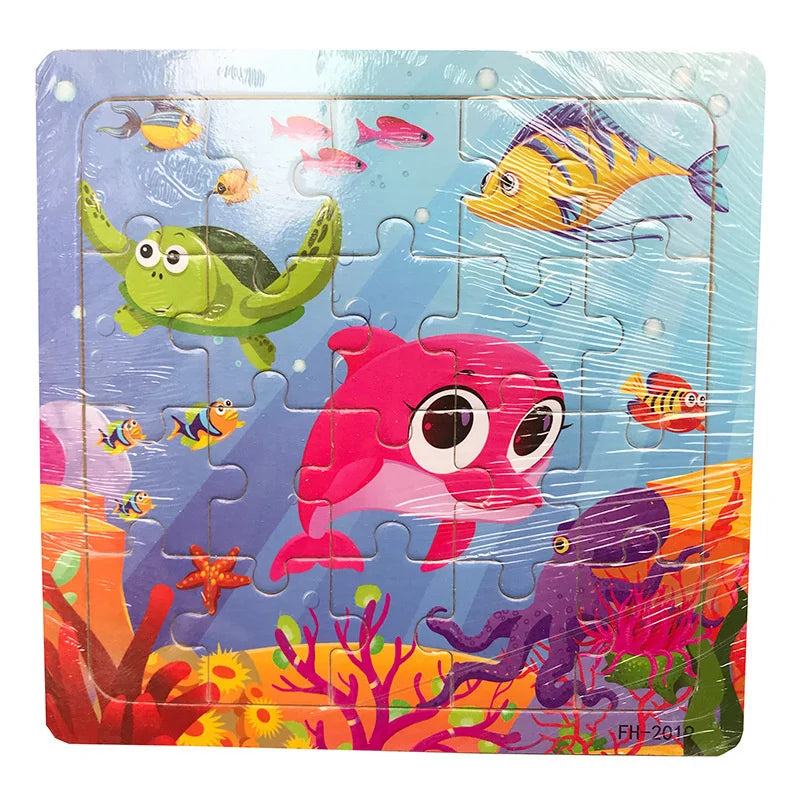
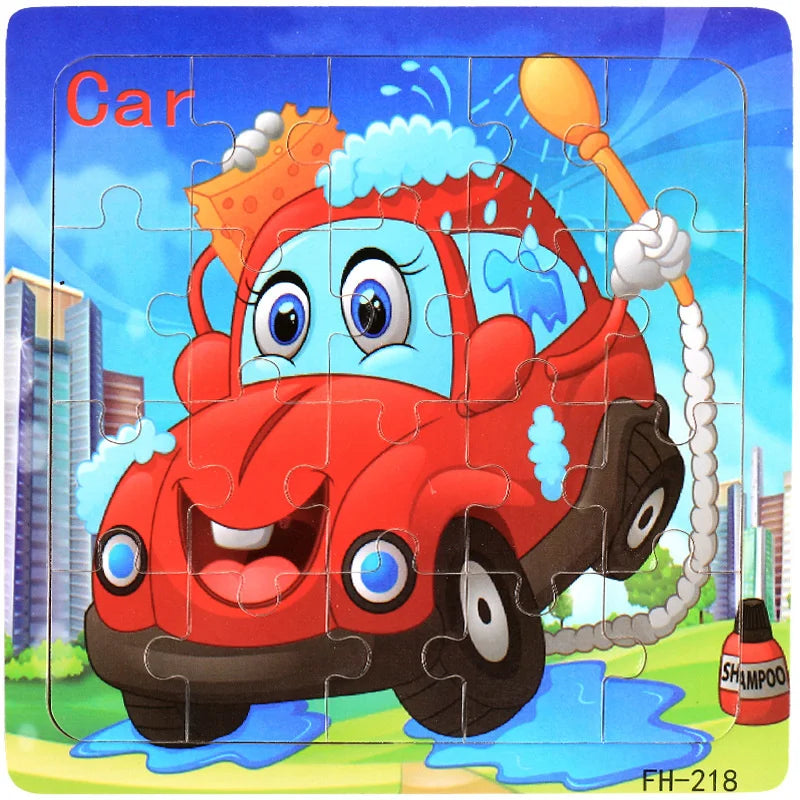
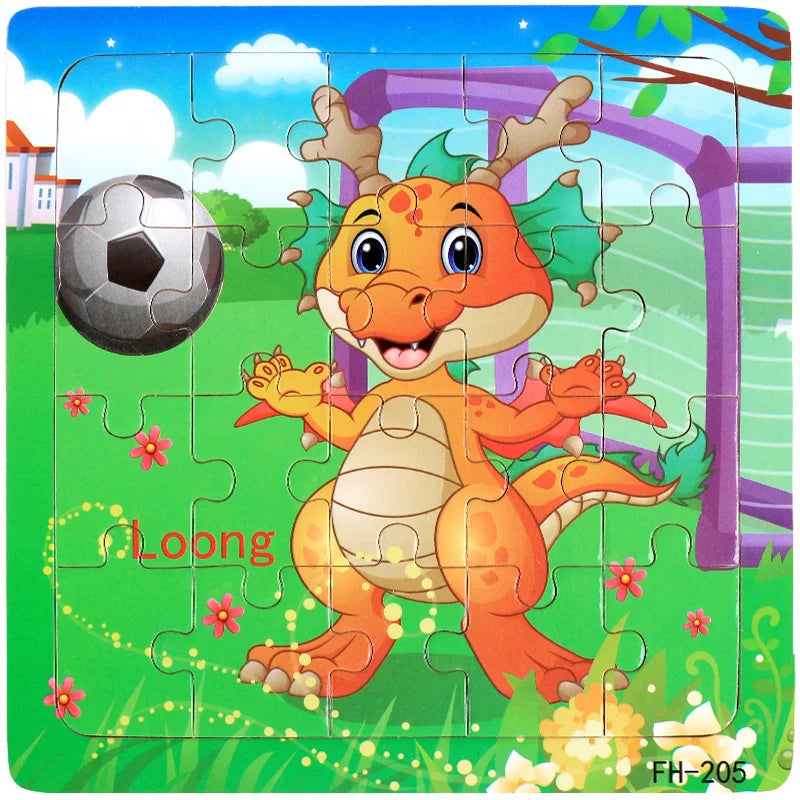
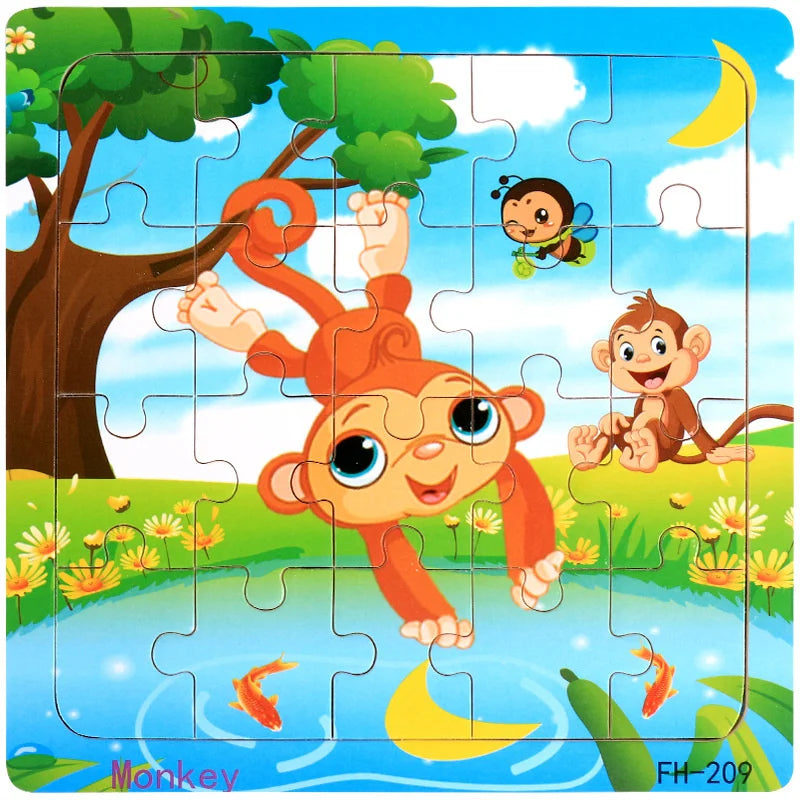
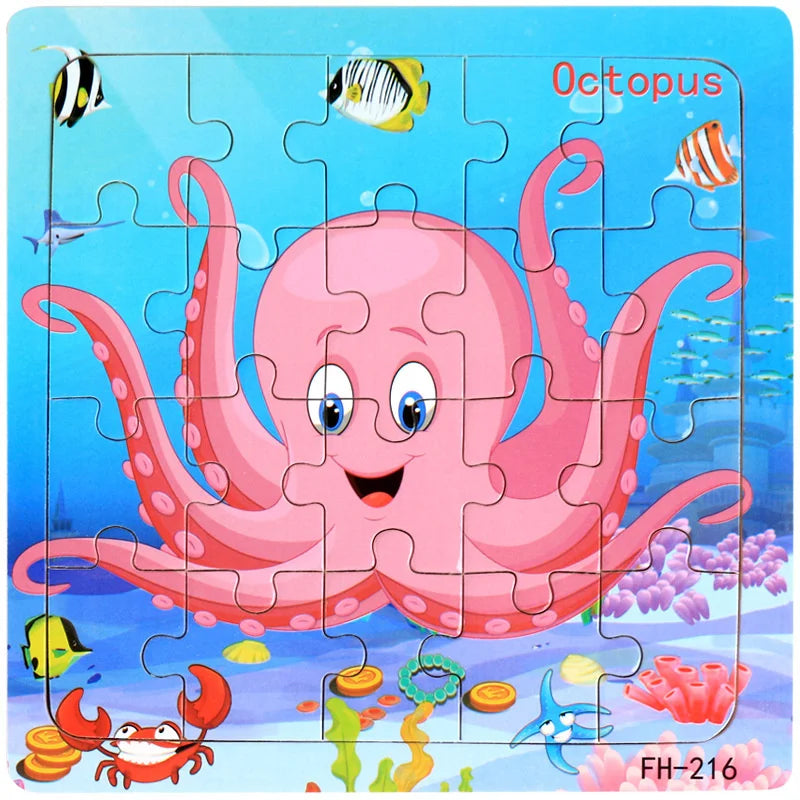
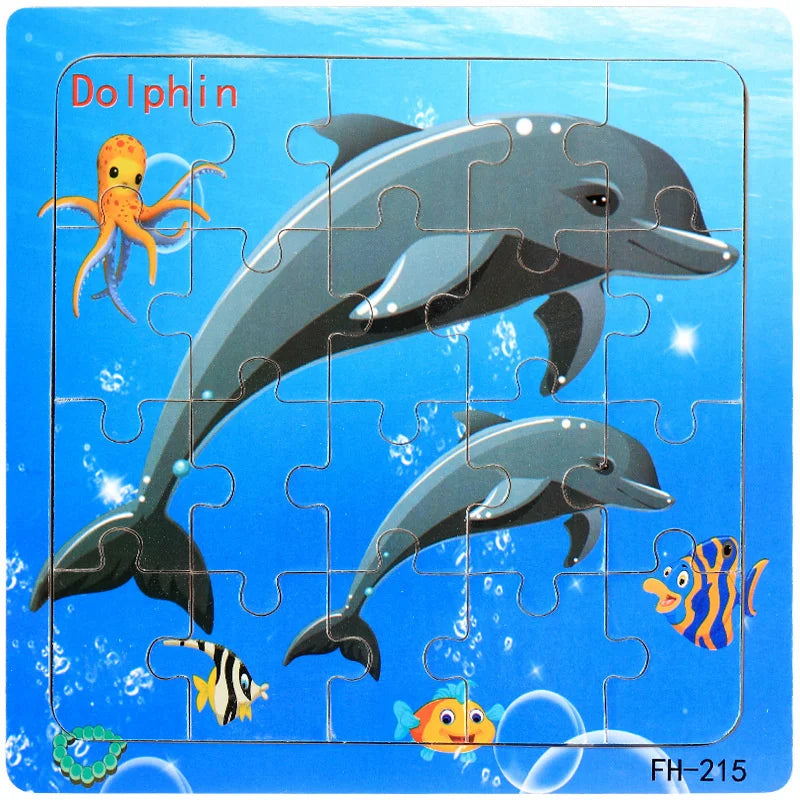
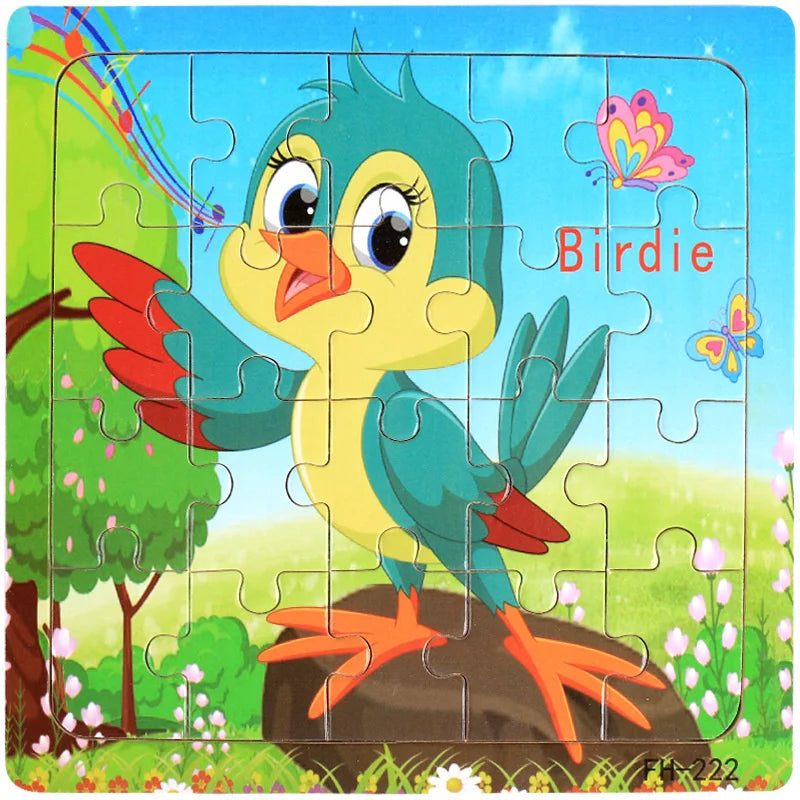

Discover 3D Wooden Puzzles - Educational & Decorative
As a dad who optimizes every purchase for value, here’s the bottom line: a 3d wooden puzzle gives you double ROI—focused hands-on play for the kids and premium decor once assembled. You get durable plywood pieces, precise laser cuts, and satisfying click-fit assembly that builds patience and problem-solving without screens. Picture this: weekend table time, clear steps, zero mess, and a display-worthy model at the end. Keep a small tray for parts, set a 30\u201345 minute build window, and celebrate each milestone (base→mechanism→finish). Tip: choose themes aligned with your child’s interests (animals, vehicles, architecture) to boost engagement; then rotate models to a shelf for a visible sense of achievement. If you want learning, calm time, and decor in one purchase, this category executes.

Why Choose Wooden 3D Puzzles?
Buyers ask me why a montessori wooden puzzle beats generic plastic kits. Three reasons: material, method, mindset. Material: finished plywood feels premium, holds shape, and ages well. Method: clear sequencing builds focus and fine-motor control; you can pace difficulty from easy frames to moving mechanisms. Mindset: kids learn by doing, not by tapping—so they naturally slow down, notice details, and complete tasks. From a conversion standpoint, highlight safe paints, no-glue builds, and repairability (spare parts) to reduce purchase friction. For adults, the tactile click of gears and the final display value matter. My playbook: pick one hero kit, add a simpler companion for quick wins, and position both as a giftable bundle with an estimated build time in the bullets. That’s how you increase satisfaction and repeat orders.

Explore Puzzle Collections by Theme & Difficulty
Make selection easy and reduce bounce: group by theme (vehicles/animals/architecture) and by skill level (starter/intermediate/advanced). For discovery traffic, tag clearly with wooden puzzle for kids so shoppers match intent fast. Starter sets (20\u201350 pieces) deliver quick wins; intermediate adds moving parts; advanced introduces gear trains and longer sessions. UX tips that convert: show estimated build time, piece count, and age range above the fold; add a 3-step mini-guide (organize parts → assemble submodules → final lock-in); and surface two upsells—wax/oil for finish and a small stand for display. In collection copy, connect each theme to learning outcomes (animals → classification; architecture → spatial reasoning). Keep filters sticky, and pre-sort by \u201cbest for age 4\u20136\u201d to cut decision fatigue.

The Educational Impact of 3D Wooden Puzzles
If your goal is measurable gains, position each early learning wooden puzzle with concrete outcomes: grip strength, bilateral coordination, sequencing, and persistence. Use short build sprints (15\u201320 minutes) to match attention spans; one adult prompt per step, then let the child lead to build autonomy. Add micro-challenges: name shapes, count teeth on gears, predict next assembly move. Track progress on a simple chart (date, step completed, new word learned) and you’ll see skill compounding over weeks. For merchandising, pair educational claims with one line of evidence (age-appropriate milestones) and a usage scenario (quiet-time routine before nap). Close the loop by encouraging kids to retell the build story to a parent—that reflection step reinforces memory and boosts perceived value for buyers.

Choose the Right Puzzle by Age Group
Selection drives satisfaction. For toddlers (2\u20134), choose a montessori puzzle for toddlers with chunky pieces, high-contrast prints, and 10\u201320 parts. For early learners (5\u20137), upgrade to basic mechanisms and 40\u201360 parts. For 8+, introduce gear trains and multi-hour builds. My rule-of-thumb: target a build that finishes within two sessions to avoid fatigue. Include a difficulty badge, age band, and \u201ctime to build\u201d in the first screen. Parents care about safe finishes and rounded edges; makers care about precision cuts and spares availability. Upsell wisely: add a sorting tray and a labeled parts map to cut assembly time by ~20%. If gifting, bundle a simple kit with a display stand to create a quick win plus long-term pride point on the shelf.

Wooden vs Plastic vs Cardboard Puzzles
Comparisons should clarify, not confuse. A wooden jigsaw puzzle wins on durability, tactile feel, and shelf-life; cardboard wins on price and print variety; plastic wins on washability but often feels disposable. For buyers, the decision framework is simple: if it’s display-worthy or will be rebuilt, choose wood; if it’s a single-use rainy-day activity, cardboard is fine. Add a matrix: material, piece fit, rigidity, repair options, and eco footprint. Call out no-glue snap-fit for wood, plus spare-part support to reduce risk. Close with a practical tip: start kids on cardboard for speed, transition to wooden models to build patience and precision. This laddering strategy raises perceived skill and keeps engagement high without increasing screen time.

What Puzzle Enthusiasts Are Saying
Real feedback converts. Parents report calmer afternoons and stronger focus; hobbyists praise the satisfying click-fit and display value. One common line you’ll see: a kids love it puzzle that actually keeps them off screens for a full half hour. Implement a review template: age of builder, time to complete, hardest step, and display photo. Pin reviews that mention gift success and durability after multiple rebuilds. Add UGC short clips showing sub-assemblies coming together—those micro-wins reduce purchase anxiety. Finally, surface \u201cfirst build, then display\u201d stories to position kits as both activity and decor; that dual value proposition justifies a slightly higher AOV and supports bundle upsells.

Shop Now - Get Your 3D Wooden Puzzle Today
Ready to act? Streamline the path: size selector, difficulty, estimated build time, and clear delivery window in one viewport. Use a bold CTA and reinforce with trust badges (returns, spare parts, safe finishes). If you’re gifting, add wrapping and a \u201cfirst-time builder\u201d guide. For shoppers arriving on transactional queries like buy 3d wooden puzzle, stack value fast: limited-time discount, bundle with a stand, and a one-line benefit (\u201cbuild together, display with pride\u201d). Keep checkout friction low—shop as guest, saved address, and visible shipping cutoffs. Post-purchase, trigger a setup email with sorting tips and a short video link; that improves first-session success and review rates, which feeds your flywheel.
Product Specifications
| Certification | CE |
| Material | Wood |
| Gender | Unisex |
| Model Number | Wooden Puzzle |
| Puzzle Style | Jigsaw Puzzle |
| Recommend Age | 3-6Y |
| Style | Animal |
| feature 1 | Wooden Jigsaw Puzzle |
| feature 2 | cartoon animal |
| feature 3 | Educational Toys |
| Product Size | 14.7cm*14.7cm |
| Material | Plastic |
❓ What age group is best for 3D wooden puzzles?
What age group is best for 3D wooden puzzles?
Start simple for young builders and scale up. For ages 2\u20134, pick chunky, low-piece sets labeled as a wooden puzzle for kids. Ages 5\u20137 can handle basic mechanisms with 40\u201360 parts. From 8+, introduce gear trains and multi-hour builds. Aim for two sessions per kit to keep motivation high.
❓ Do I need glue or tools to assemble these puzzles?
Do I need glue or tools to assemble these puzzles?
Most modern kits are precision-cut and snap together, so assembly is clean and portable. Look for \u201cno glue\u201d labeling or listings that say no glue 3d puzzle. A simple sorting tray and a soft cloth are usually all you need for best results.
❓ Are 3D wooden puzzles safe for kids?
Are 3D wooden puzzles safe for kids?
Yes—choose kits with rounded edges and certified finishes. A safe wooden toy uses non-toxic coatings and tight-fitting parts that won’t splinter under normal use. Always follow the age guidance and supervise younger builders.
❓ Besides entertainment, what are the benefits of these puzzles?
Besides entertainment, what are the benefits of these puzzles?
Expect better focus, sequencing, and fine-motor control. Many families use them as calm-time activities before dinner or bedtime. For decision-makers, search terms like educational puzzle benefits align with real outcomes: persistence, spatial reasoning, and a proud display piece that reminds kids of their win.

LEARNPLAYFUL
We are passionate about creating sustainable toys that blend logic, fun, and lifelong learning. Each piece nurtures curiosity and imagination.







